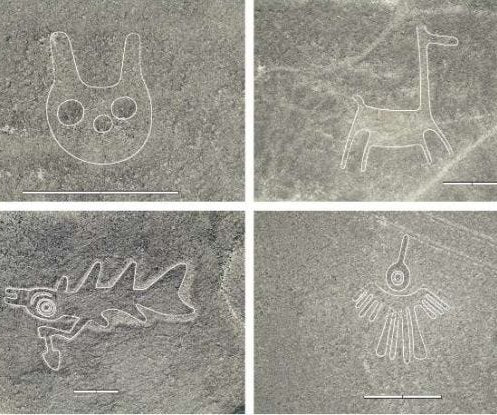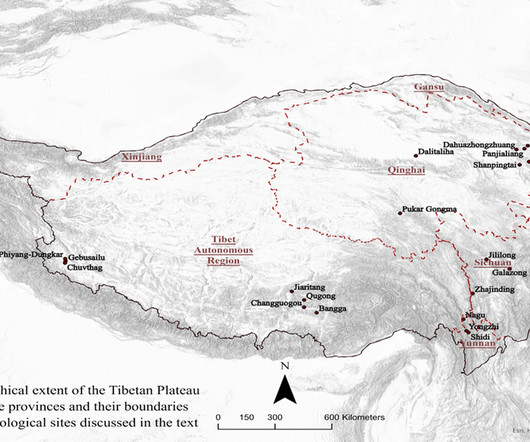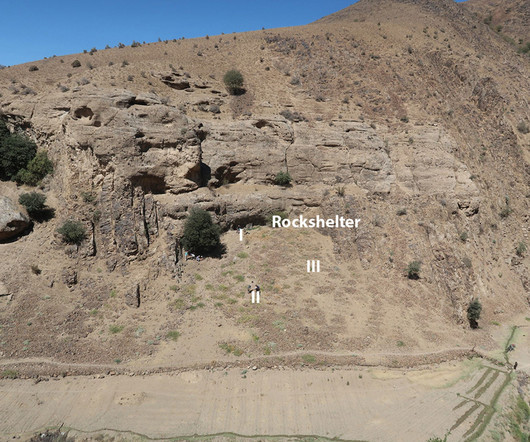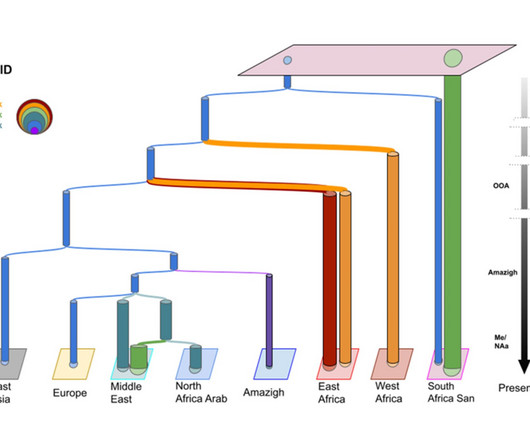Where Humans and Neanderthals Interbred
Anthropology.net
SEPTEMBER 7, 2024
Tracing Ancient Interactions: The Role of Geography Scientists have examined the geographical distribution of Homo sapiens and Neanderthals in Southwest Asia and Southeast Europe during the Late Pleistocene. The region is rich in archaeological sites containing remains of both Neanderthals and prehistoric Homo sapiens. 1 Guran, S.












Let's personalize your content